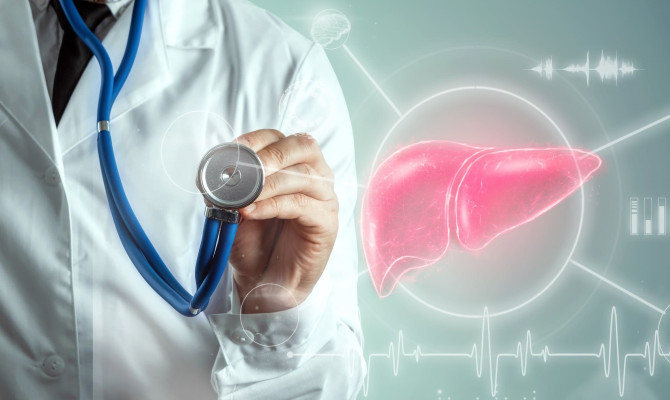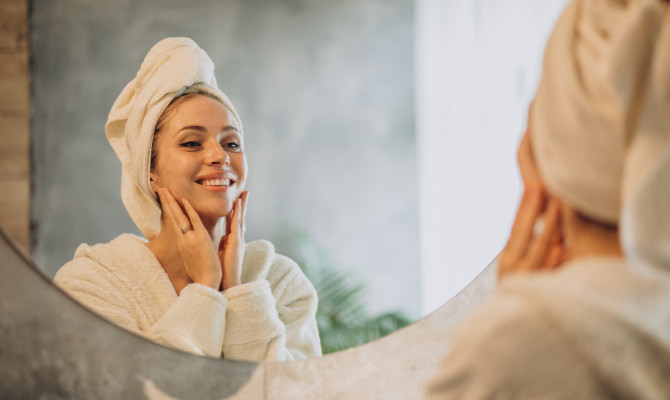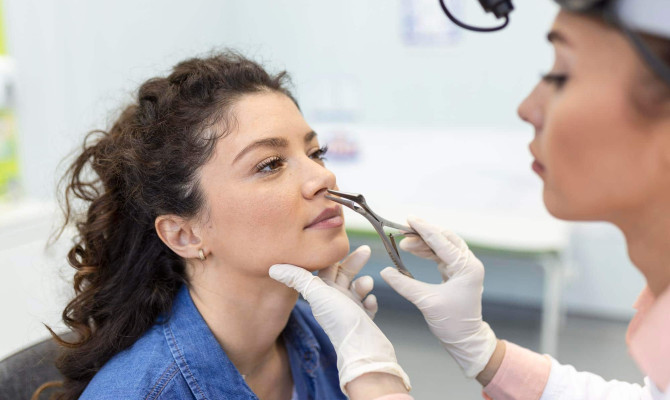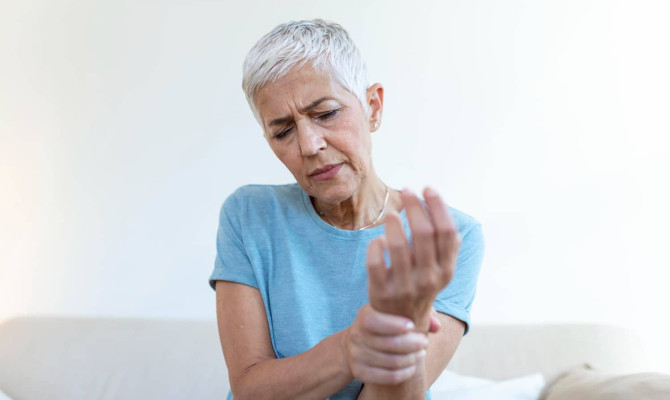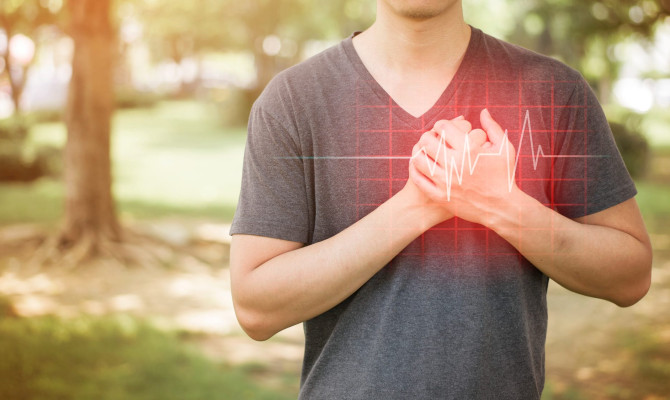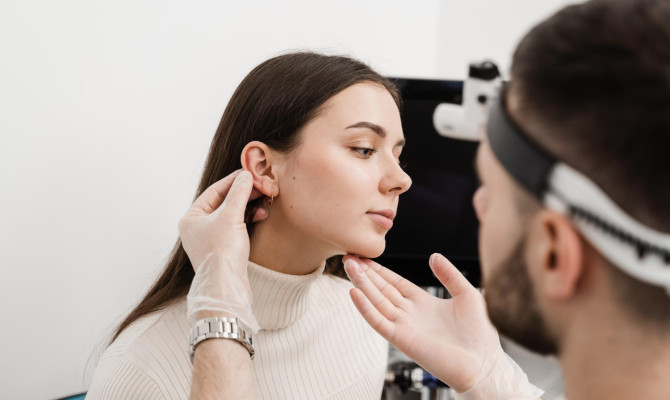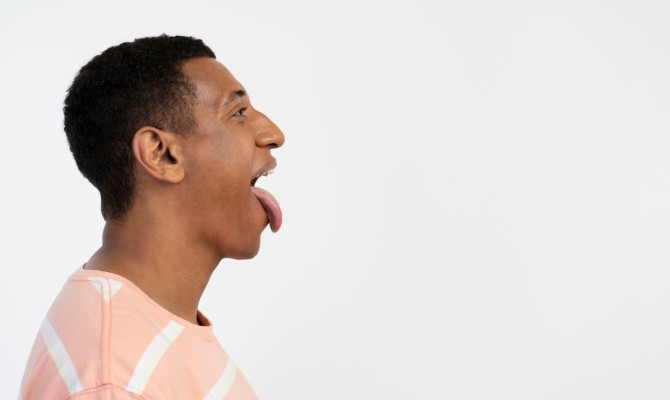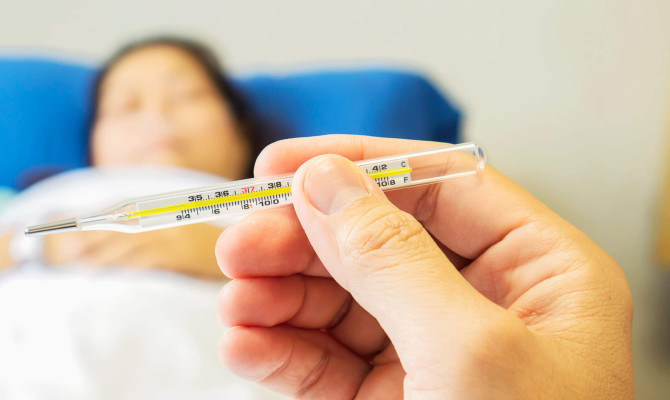Cutaneous warts: A General Overview

- Cutaneous warts
- 14 Aug 2023
Overview
What are cutaneous warts?
Cutaneous warts are non-cancerous, swollen, raised lumps occurring in the skin. The human papillomavirus causes it. Any imperfection in the skin causes the growth of the papillomavirus. The development causes basal skin infections, finally leading to a pigmented mass with thick keratins (proteins in the skin’s outer layer).

Facts
Facts about cutaneous warts
- It occurs by the direct contact of injured skin with the human papillomavirus (HPV)1Facts | Researched based study from Nlm.nih.gov
- It can be painful and infectious but most of the warts are asymptomatic.
- It is common in people with specific trades, such as fish, poultry and meat sellers.
- About equal numbers of men and women are affected by HPV.
- It is more common in school going children and youngsters
- Its occurrence decreases in young children spontaneously
- In adults, the spontaneous decrease of warts is slow and may take up to years 1Facts | Researched based study from Nlm.nih.gov .
However, patients with good immunity are seen relapsing of cutaneous warts without treatment. Those with compromised immune systems may find it considerably harder to get rid of warts.1Facts | Researched based study from Nlm.nih.gov
Symptoms
Common symptoms of cutaneous warts
- Round-shaped skin bump
- Rough and flat bump
- Grey, black, brown or skin-colored bump
- Fleshy and grainy bumps
- Scattered bumps with black spot 1Symptoms | Researched based study from Nlm.nih.gov .
Classification
Types of cutaneous warts
Common warts
Usually occurs in the palm area of our hand, back of fingers, knees and toes but can also appear in other body parts. They are infectious with,2Types| Researched based study from Nlm.nih.gov
- Rounded top
- Grainy, thick and bumpy
- Gray in color
- Occur singly or in groups
- Usually painless
- Tiny, rough, hard and grainy
- Bumps are skin colored with black spot
Flat warts
- It develops on the fingers, face, arms and thighs
- They are very tiny and not easily observable 2Types | Researched based study from Nlm.nih.gov
- They grow in huge groups of 20 to 200
- They are not sore and generally grow in cut areas
- They are contagious and common in youngsters
- Minute flat, oval or round marks on the skin 1Types | Researched based study from Nlm.nih.gov
- They are skin colored
- They are usually not sore
Filiform warts
- It occurs in the eyelids, over the nose, mouth, chin and neck
- They are infectious and can spread to other body parts
- Minute growth that extends out of the skin
- They are skin colored and have rapid growth 2Types | Researched based study from Nlm.nih.gov
- They are not sore
Planter wart
- It occurs in the underside of the foot
- Bumps grow within the skin
- Small hole surrounded by hard skin on the bottom of the foot 1Types | Researched based study from Nlm.nih.gov
- Have discomfort in walking
Planter wart is of 2 types- 2Types| Researched based study from Nlm.nih.gov
Myrmecial type – caused by type1 HPV
- Soft and deep bumps that occur due to continuous standing
- Skin becomes yellow with a black spot
- Foot bumps are very painful
Mosaic type – caused by type 2 HPV
Symptoms
- Tiny surface level bumps occur underside of the foot
- Bumps are multiple, and mosaic patterns appear
- Bumps are less painful
Periungual warts
- It occurs below and all over the toes and fingernails
- It is sore with decreased growth of the nails
- They are very tiny but can grow larger and spread to adjacent areas on direct touching.
- Irregular growth beneath and all over the nails
- The skin gets cracked around the nails
- Bumps become very sore when the size becomes large
- The look of the nails and the cuticle (thin skin at the bottom of the nail) changes 2Types | Researched based study from Nlm.nih.gov .
Causes
Causes of cutaneous warts
Human papillomavirus causes cutaneous warts. They are very infectious and can spread from person to person by 1Causes | Researched based study from Nlm.nih.gov
- Direct touching the bumps
- Touching objects infected with the virus-like bathroom floor, towels, doors, pools.
- If any of the family member having warts .
- Biting of the nails and picking the skin at the base of the nail
- Sexual relationships (in the case of genital warts)
- Atopic skin disease like eczema.
- Shaving 1Causes | Researched based study from Nlm.nih.gov .
Diagnosis
Diagnosis of cutaneous warts
It is usually diagnosed by
- Observing the bumps .
- Acetowhite test if it is a genital wart .
- A Skin biopsy may recommend by dermatologist to investigate the presence of human papillomavirus 4Diagnosis | Researched based study from Wiley.com .
Treatment

Treatment of cutaneous warts
Wart removal (at home)
- Using medicinal products (liquid, gel or patch form) containing salicylic acid
- It disintegrates the wart into layers.
- It must be applied daily for several months to remove warts altogether 3Treatment | Researched based study from Bmj.com.
Laser treatment
- It uses laser light to heat and demolish the small blood vessels inside the bumps.
- It stops the blood supply and thus destroys the bumps 4Treatment | Researched based study from Wiley.com
Freezing treatment
- Spraying intense freezing air (a combination of propane and dimethyl ether) on the bumps
- Freezing destroys the skin area to get rid of the bumps
- This method removes blemishes very fast 4Treatment | Researched based study from Wiley.com
Topical medicines
- The dermatologist may apply the cantharidin chemical on the bumps.4Treatment | Researched based study from Wiley.com
- A swelling occurs beneath the bumps, thereby stopping the blood supply
- the dermatologist removes the dead bumps after one week
Immunotherapy
- Immunotherapy is recommended for bumps that do not go away easily
- It is a process in which the immune system of our body fights against the virus
- The procedure involves the use of a topical chemical known as diphencyprone
- Diphencyprone causes a sensitivity reaction which removes the bumps Duct tape treatment (involves salicylic acid)3Treatment| Researched based study from Bmj.com
- The bump area has been covered with a little part of duct tape for some days.
- The bumps kept emerging in the water
- The spots are scratched to get rid of the dead skin
However, further research on duct tape treatment is required to validate its effectiveness
Liquid nitrogen
- The dermatologist covers the bumps with liquid nitrogen
- Chilling causes swelling under the bumps
- Within one week, the spots are uplifted from the skin and shed off
- It is a little painful but effective treatment
Surgery
- When all other treatments fail, surgery is the last resort
- The doctor administers anaesthesia to the patient to burn the bump with electricity or cut it with a surgical knife 2Treatment | Researched based study from Nlm.nih.gov
- Scarring may occur post-surgery
Oral treatment
- Some of the oral drugs recommended for warts are-Isotretinoin, Zinc, Cidofovir, Cimetidine
- Intralesion injections (injected directly into the lesion)
Other
- Antiviral injections of interferon alfa-2b and bleomycin are given to warts that are numerous and are in delicate areas 4Treatment | Researched based study from Wiley.com .
Complications
Complication of cutaneous warts
Infection
- Plucking and scratching of warts can cause infections
- Any cut in the skin allows microbes to enter and cause infection
Pain
- Most warts are painless, but plantar warts are very sore and grow underside of the foot. The affected individual feels like walking on stones.
Disfigurement
- People with a poor immune response may develop an unpleasing bunch of warts on the body, face and hands. 2Complications| Researched based study from Nlm.nih.gov
Cancer
- Individuals with genital warts are prone to several types of cancers, such as cervical cancer, throat cancer and anal cancer. 2Complications| Researched based study from Nlm.nih.gov
Prevention
Prevention of cutaneous warts
- One should avoid scratching or touching warts to stop spreading to other parts of the body.
- One should avoid removing warts from the body’s sensitive areas, such as the face, mouth and genitals.
- Washing hands frequently when contacting another person suffering from warts.
- Warts should be covered with a proper dressing .
- Feet and hands should be wiped after washing and should always be kept dry
- Shower shoes or waterproof shoes should be used in public bathrooms .2Prevention | Researched based study from Nlm.nih.gov
- Diabetic patients should avoid treating warts on the feet on their own and should always seek a doctor to do so 2Prevention | Researched based study from Nlm.nih.gov .
Takeaway
Key Takeaways
- Warts are not hazardous.
- They can be painful and cause discomfort at times.
- Many types of warts respond well to over-the-counter medications.
- It is always recommended to visit a dermatologist if the wart is very sore and its colour is changing.
- Warts are infectious, but appropriate precautions can prevent them from spreading, such as frequent hand washing and avoiding touching the wart areas .
Any feedback on this article?
 This Articles content was accurate
This Articles content was accurate Very Informative Article
Very Informative Article I have a question or a comment
I have a question or a comment
 This article contains inaccurate content
This article contains inaccurate content This article was not helpful
This article was not helpful I have a question or a comment
I have a question or a comment
We appreciate your helpful feedback!
Checkout our social pages
References
-
National Library of Medicines
Wart | Facts about cutaneous warts | Types
-
National Library of Medicines
Warts: Overview | Types | Treatment | Prevention
-
BMJ Journals
Local treatments for cutaneous warts: systematic review Commentary: Systematic reviewers face challenges from varied study designs
-
Wiley Online Library
Clinical guideline for the diagnosis and treatment of cutaneous warts (2022) | Diagnosis | Treatment














